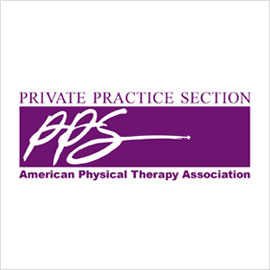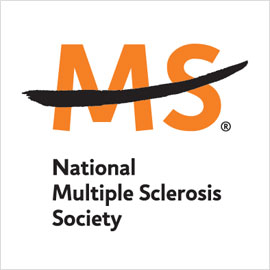
Your car needs regular maintenance, so you probably have a mechanic. Your eyes and teeth are important, so you see your optometrist and dentist regularly. You get an annual physical from your family physician. You might even be getting ready to see your accountant to get your yearly income tax done. What about your physical therapist? Do you and your family have one? If not, you should. Your body is a lot like your car. It’s got multiple systems, all of which are complex, and all of which have to be working well for it to function. Physical therapists are experts in maintaining, diagnosing, and treating the movement system. Like the braking or ignition system in a car, most people only think of the movement system when it’s not working the way it should.
DON’T NEGLECT YOUR MOVEMENT SYSTEM
Similar to the systems in your car, problems
with your movement system are much easier to deal with if they’re caught and
treated early. This prevents small issues from becoming larger ones. For
example, if you have a little bit of weakness, and balance that’s not quite up
to par, improving those early could prevent a sprained ankle, or a fall and a
broken wrist.
An annual movement screen from your physical therapist can find small issues
that you may not have noticed with your strength, balance, flexibility, or
coordination. Many of these minor issues can be fixed with a few exercises at
home, or with just a few visits.
WHAT TO EXPECT
A screen of your movement system is quick and easy. Your annual visit may include:
● A history of your injuries, as well as a health history
● Assessment of your strength, balance, flexibility, etc.
● A review of your movement goals (do you want to run a marathon? Get on and off the floor easily playing with your grand kids?)
● A review and update of your exercise program








